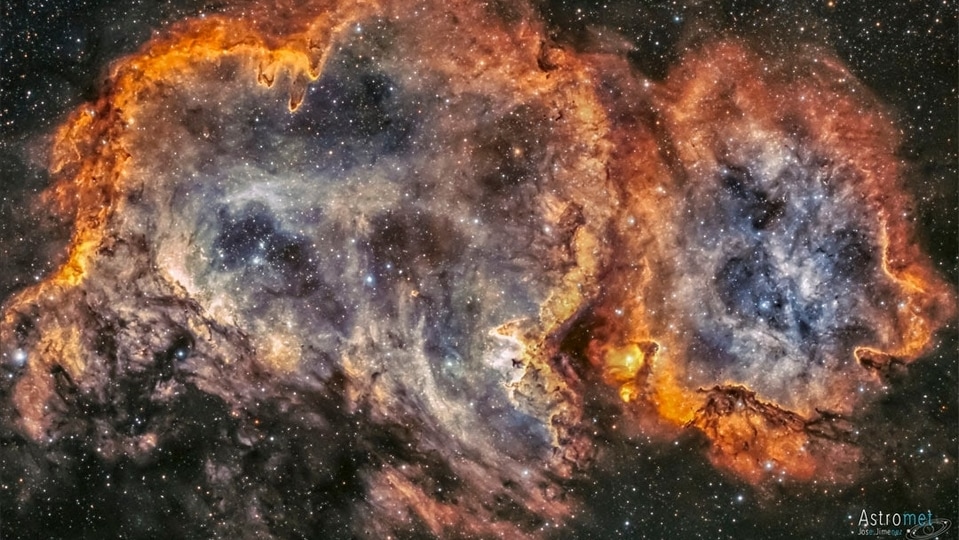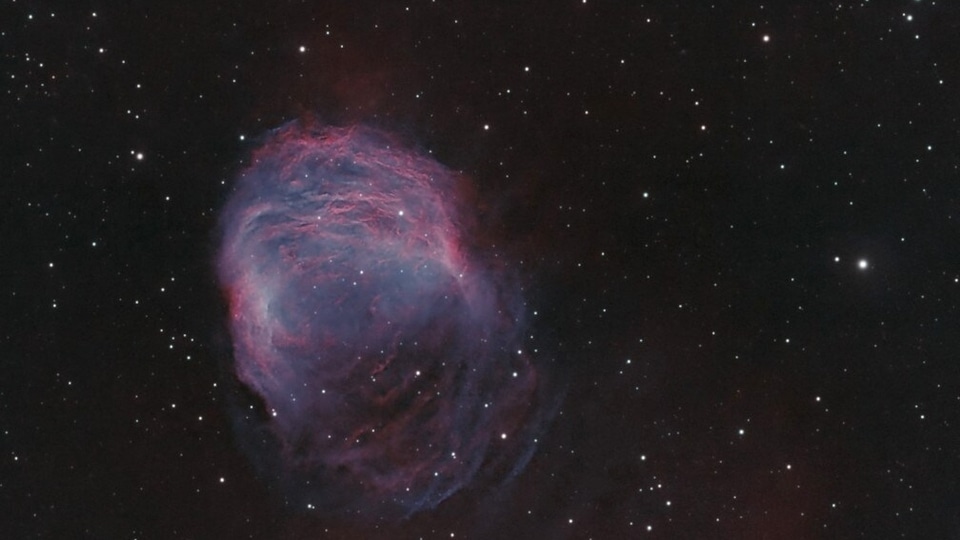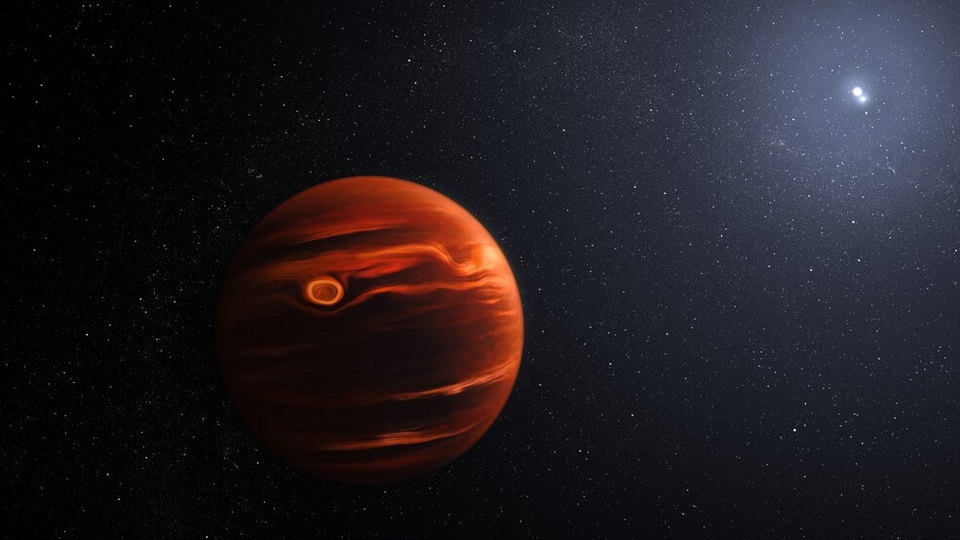NASA's James Webb Space Telescope spots ‘most variable planetary-mass object’
In a new finding, NASA's James Webb Space Telescope has spotted silicate cloud features in a distant planet’s atmosphere.






 View all Images
View all ImagesNASA's James Webb Space Telescope has again found out something interesting on a distant planet. It is a swirling, gritty cloud! "Researchers observing with NASA's James Webb Space Telescope have pinpointed silicate cloud features in a distant planet's atmosphere. The atmosphere is constantly rising, mixing, and moving during its 22-hour day, bringing hotter material up and pushing colder material down. The resulting brightness changes are so dramatic that it is the most variable planetary-mass object known to date," the US space agency said in a report.
The team, led by Brittany Miles of the University of Arizona, also made extraordinarily clear detections of water, methane and carbon monoxide with Webb's data, and found evidence of carbon dioxide. This is the largest number of molecules ever identified all at once on a planet outside our solar system.
Cataloged as VHS 1256 b, the planet is about 40 light-years away and orbits not one, but two stars over a 10000-year period. “VHS 1256 b is about four times farther from its stars than Pluto is from our Sun, which makes it a great target for Webb,” Miles said. “That means the planet's light is not mixed with light from its stars.” Higher up in its atmosphere, where the silicate clouds are churning, temperatures reach a scorching 1,500 degrees Fahrenheit (830 degrees Celsius), NASA informed.
Within those clouds, Webb detected both larger and smaller silicate dust grains, which are shown on a spectrum. VHS 1256 b has low gravity compared to more massive brown dwarfs, which means that its silicate clouds can appear and remain higher in its atmosphere where Webb can detect them.
Another reason its skies are so turbulent is the planet's age. In astronomical terms, it's quite young. Only 150 million years have passed since it formed – and it will continue to change and cool over billions of years.
In many ways, the team considers these findings to be the first 'coins' pulled out of a spectrum that researchers view as a treasure chest of data. Although all of the features the team observed have been spotted on other planets elsewhere in the Milky Way by other telescopes, other research teams typically identified only one at a time.
Catch all the Latest Tech News, Mobile News, Laptop News, Gaming news, Wearables News , How To News, also keep up with us on Whatsapp channel,Twitter, Facebook, Google News, and Instagram. For our latest videos, subscribe to our YouTube channel.
































